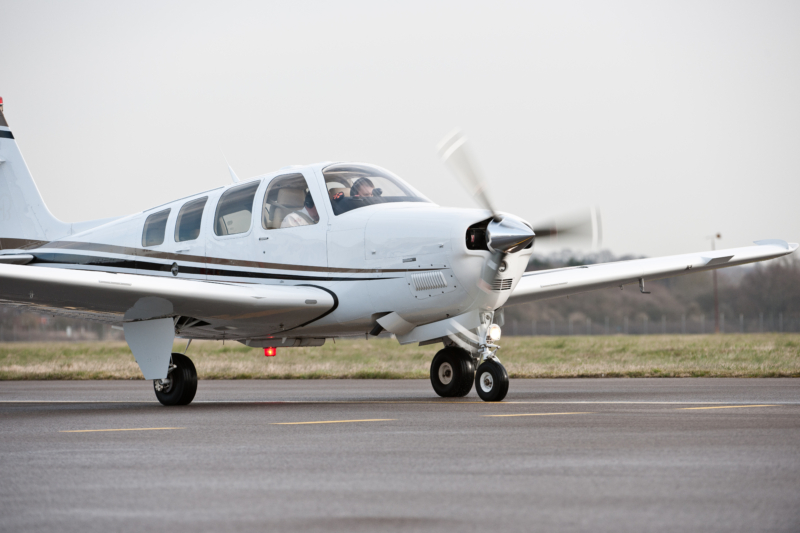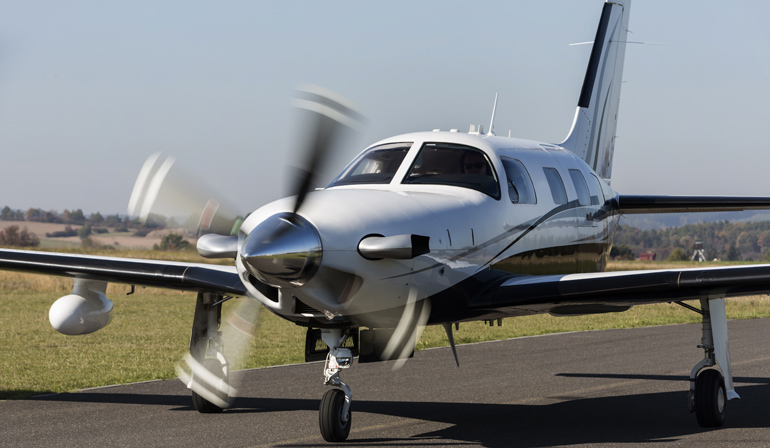In uncontrolled airspace, it is up to individual pilots whether to use an air traffic service or not. This provides general aviation pilots a great deal of freedom to explore the skies above us. However, flight safety can be assisted when pilots make use of the services offered by our Flight Information Service (FIS) and its officers (FISOs). Pilots don’t have to call and use the service, but here’s some information on why we think you should consider it….
What is the Flight Information Service and what services do they provide?
Both London and Scottish Flight Information Services (FIS) provide assistance to General Aviation (GA), Military and Commercial Aircraft within the Class G airspace, outside of controlled airspace, covering the whole of the UK.
FISOs provide a Basic and Alerting service for GA pilots outside controlled airspace, as well as assistance to commercial air traffic who may require routine information or airfield meteorological information from TAFs (Terminal Area Forecast) and METARs (Meteorological Aerodrome Report). You can also just call for information without being provided a Basic Service.
Why should I contact them?
One of the main benefits of talking to our FISOs is that they’ll provide you with up-to-date information. Under a Basic Service, a FISO’s role is to assist pilots in navigating a safe flight. They won’t give you any executive instructions or tell you what heading or altitude to fly at, they’ll simply provide you information to assist your flight. This could be anything from letting you know about parachuting activity, search and rescue operations, temporary danger areas or weather that you might have been unaware of in your pre-flight checks.
FISOs can also obtain a clearance to allow pilots to enter controlled airspace or arrange a shortcut through active danger areas or can help you if you have concerns with the safety of your flight or in a situation of distress. You can read about the FIS helping three aircraft safely land in this blogpost.
In the event that you have infringed controlled airspace or an active danger area, FISOs can help you to safely manage the situation by co-ordinating with the relevant Airfield or Control Centre. Infringements are generally much quicker to resolve when pilots are already speaking to Flight Information as they have direct phone lines to every adjoining London and Scottish control sector, and every major airfield, plus many of the minor airfields too.
Finally, speaking to Flight Information isn’t just for the benefit of pilots or FISOs; it informs all radar units across the London and Scottish FIR that you are talking to Flight Information. Radar units may contact Flight Information to ask for a transfer of an aircraft’s squawk code to their frequency to provide local information. And if you’re flying close to controlled airspace, radar units might also contact Flight Information to confirm that your routing is not going to interfere with their traffic.
How do I contact them?
When you receive a service from London or Scottish Information, you’ll be asked for your callsign, aircraft type, position, altitude and routeing, and then be asked to squawk ‘1177’ for London or ‘7401’ for Scottish.
Our London FISOs (based at Swanwick Control Centre) are responsible for traffic in the London FIR (Flight Information Region). They work 24– hours a day and are available for aircraft operating below FL195. You can contact London FIS on 124.6, 124.750 or 125.475 depending on your location.
The Scottish FISOs are based at our Prestwick Centre and look after the Scottish FIR between 08:00 -20:00, local time, up to FL55 and can be contacted on 119.875. Outside these times and levels, the service is provided by air traffic controllers on other sectors.
Comments
Please respect our commenting policy and guidelines when posting on this website.



